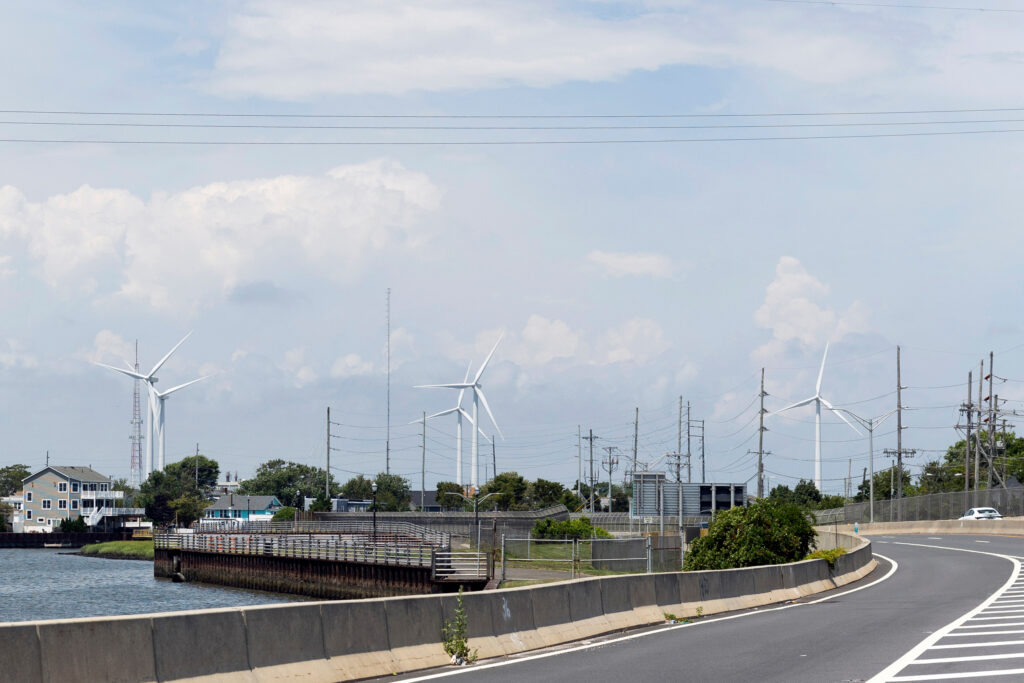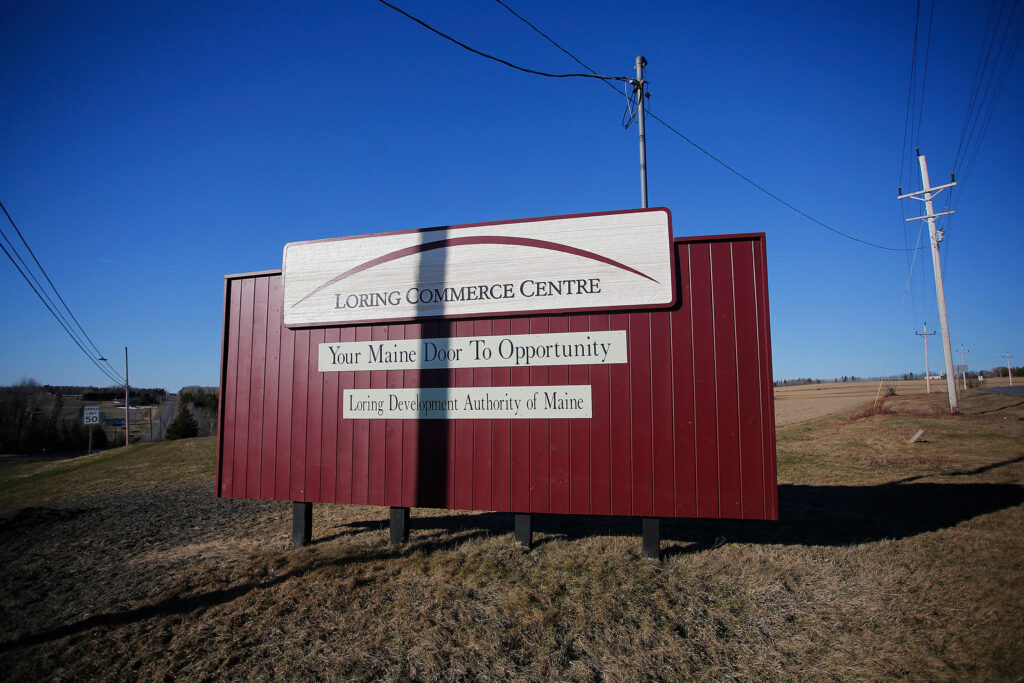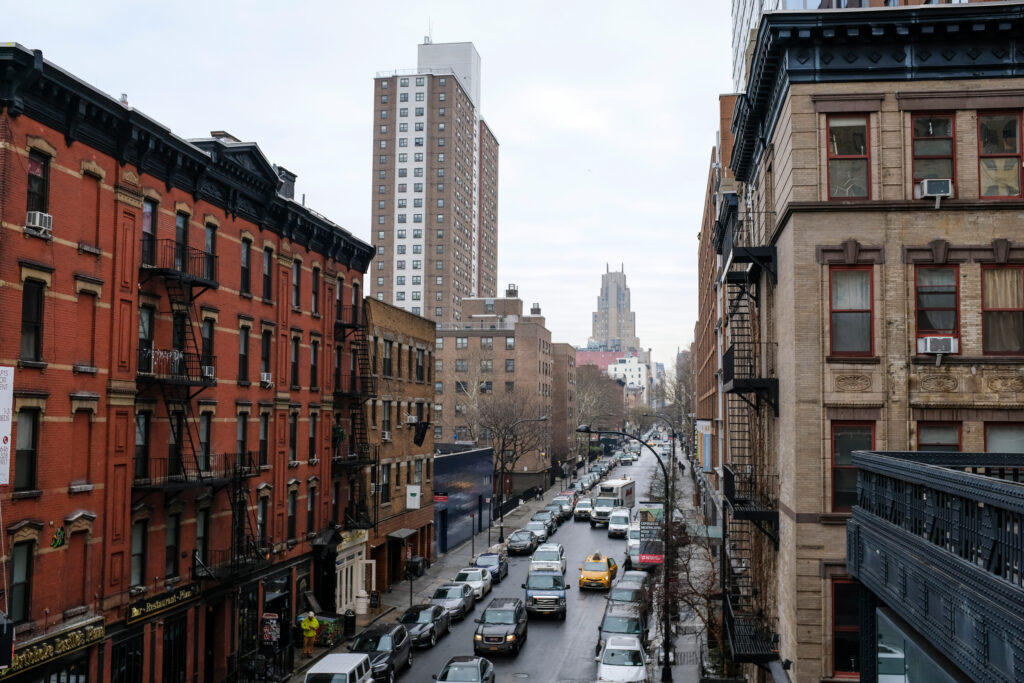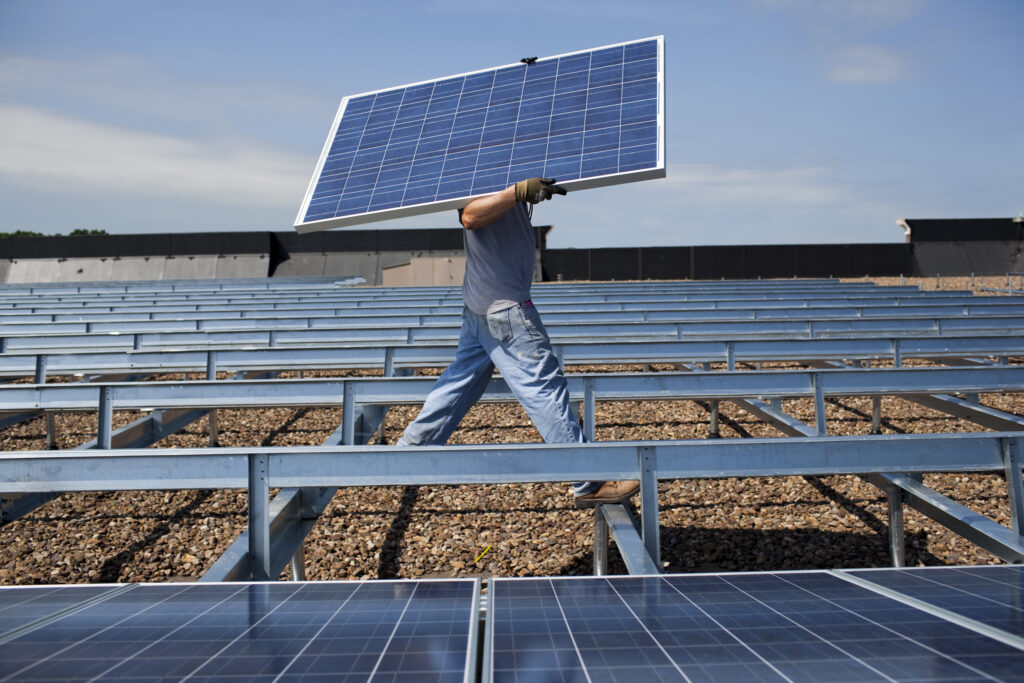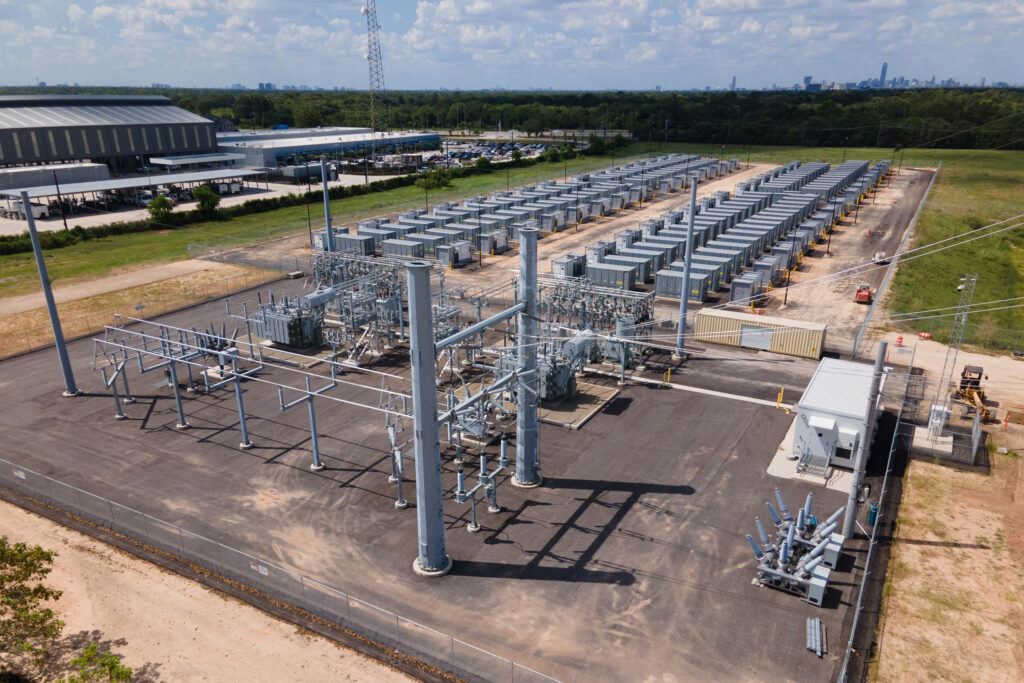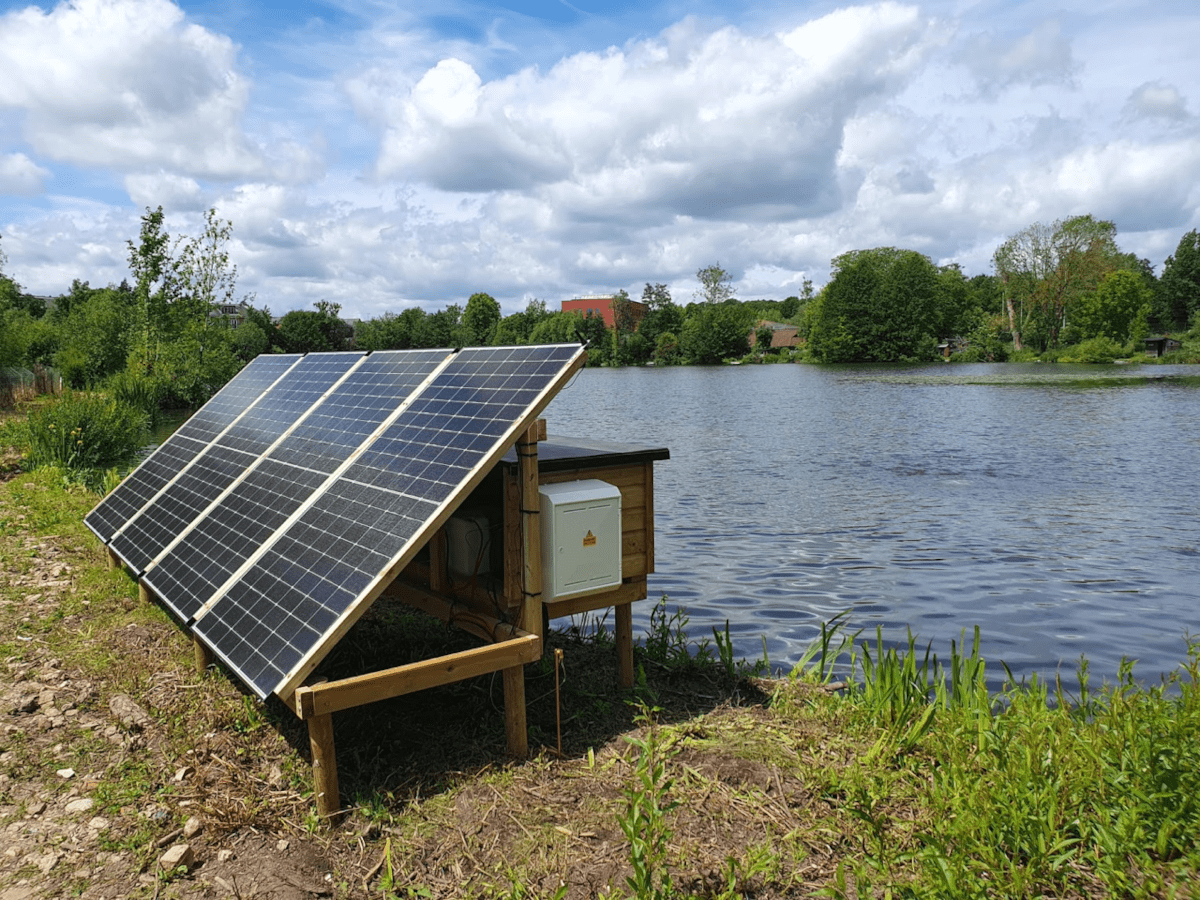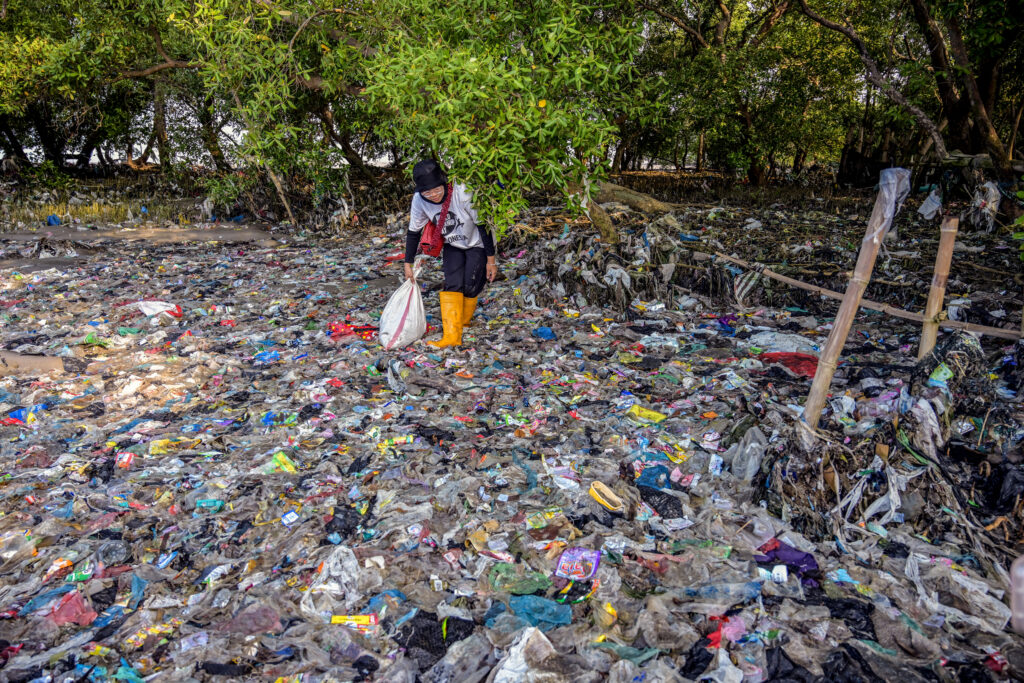In the weeks leading up to his inauguration, President Donald Trump made a pledge: “no new windmills.” He’s made major headway on that this year.
Since January, the administration has issued a flurry of orders and actions disrupting wind development on the country’s federal lands and waters, which has had ripple effects across the industry. The latest in this series of moves comes from Interior Secretary Doug Burgum, who ordered a sprawling review of all wind projects across the U.S., including some that were already approved.
Burgum is also leading a charge in the U.S. Fish and Wildlife Service to investigate bald eagle deaths that may be related to wind farms, invoking a law that the Trump administration has simultaneously sought to undermine due to the restrictions it puts on oil and gas producers. Though some politicians from both sides of the aisle are pushing back, this all-around assault on wind is having ripple effects across the industry.
A Wind Shakedown: Over the last decade, wind capacity in the country has more than doubled, generating about 425,000 gigawatt-hours of electricity in 2023 alone, according to a report by the nonprofit Climate Central. That’s enough to power more than 39 million average American homes.
Some of the top wind producers are red states, including Texas, Iowa and Oklahoma, which received tax incentives under former President Joe Biden’s Inflation Reduction Act to rapidly grow their operations.
Now, the Trump administration has taken the wind out of the industry’s sails (or in this case, turbines). The first day Trump entered office, he issued an order halting approval of leases, permits and loans for offshore and onshore wind energy pending a federal review.
“We aren’t going to do the wind thing,” Trump said before signing the order.
The administration in April halted the construction of a New York offshore wind project. Still, it later reversed the pause after White House talks with New York Gov. Kathy Hochul, who stressed the importance of the operation, according to a statement. In recent weeks, though, the Trump administration has more aggressively doubled down on its anti-wind approach. At the end of July, the Department of Transportation issued a recommendation that wind farms be placed at least 1.2 miles away from federal highways and railroads, and directed the Federal Aviation Administration to “thoroughly evaluate” proposed turbines’ potential impacts on air traffic. The FAA already has a review process during the siting phase of a project to help prevent a radar interference issue “long before a wind plant is built,” according to the Department of Energy’s website.
On Aug. 1, Burgum issued a secretarial order for more “reliable” energy development—alluding to fossil fuels—over “environmentally damaging wind and solar” development on federal lands. This “could amount to a targeted and de facto ban on wind on federal property,” Jael Holzman reports for Heatmap.
The agency is now requiring more lengthy and high-level reviews by the interior secretary for wind energy projects on public lands or private lands that need federal approval, causing permitting delays. On Aug. 6, the Interior Department canceled the Lava Ridge Wind Project, a 1,000-megawatt wind facility in southern Idaho that received approval from the Biden administration.
Burgum also recently directed the Fish and Wildlife Service to review potential wind farm violations of the Bald and Golden Eagle Protection Act of 1940, a law that prohibits anyone from killing, hurting or causing other harm to eagles unless they have a permit. An infraction could lead to fines, criminal charges or prison.
“Wind projects are known to kill eagles, and climate extremists in the Biden admin still greenlit scores of these projects,” Burgum wrote on X on Aug. 4. The Interior Department is “enforcing the Bald and Golden Eagle Protection Act to ensure that our national bird is not sacrificed for unreliable wind facilities!”
The move mimics past strategies to condemn offshore wind for its potential impact on wildlife such as whales, though biologists say there is no evidence that turbines drive mass cetacean mortalities.
Oil pits have historically killed more than triple the number of birds each year than land-based wind farms. Yet the administration has not announced a similar investigation of the oil industry.
The Interior Department did not respond to a request for comment on its recent actions related to wind, and how they could affect jobs and investments in the industry.
Ripple Effects: The hits against wind are also coming from Congress, as evidenced by the passage of the recent One Big Beautiful Bill Act that reduced or eliminated many of the tax incentives offered to renewable energy projects. Experts say these cuts go against the Trump administration’s proclaimed mission of “energy dominance,” my colleague Aidan Hughes reported in July.
“America needs affordable, reliable and domestically produced energy,” Lucero Marquez, associate director for federal climate policy at the Center for American Progress, told Inside Climate News. “Gutting clean energy incentives really just does not help meet those goals.”
The wind industry is feeling the sting of all these actions.
On Monday, shares of the world’s biggest offshore wind developer plummeted by a third after Ørsted announced its goal to raise $9.4 billion to supplement losses related to Trump-era wind cuts. The Danish company is in the midst of a widespread wind expansion along the U.S. East Coast. Changes to these projects and other wind power construction could impact the employees and contractors working on them, including a group of fishermen known as Sea Services North America, who bucked tradition by working for offshore wind farms, Canary Media reports.
Meanwhile, officials from the Massachusetts Department of Energy Resources have delayed the fifth round of offshore wind procurement until at least next year due to industry uncertainty amid all these changes, Renews reports.
Last week, four congressional Democrats—including Martin Heinrich, the ranking member of the Senate Energy and Natural Resources Committee—sent a letter condemning the recent secretarial orders.
“Rather than ensuring an efficient permitting process for all energy resources, it appears this directive actively disfavors renewable projects in favor of more expensive, and more polluting, technologies,” the politicians wrote.
A few Republicans whose constituents have benefited from wind and solar-related jobs also pushed back against the administration’s aggressive anti-renewable push, Politico reports.
But even if changes are reversed, experts say this swift and comprehensive attack on wind could have major long-term consequences for the burgeoning industry.
“We haven’t reached the threshold where all activity has ground to a stop, but it certainly has pushed companies to re-evaluate their portfolios and think about where they do have this regulatory risk, and it pushes the financing community to do the same,” John Hensley, senior vice president for markets and policy analysis at the American Clean Power Association, told Heatmap. “It’s just putting more barriers in place to move these projects forward.”
More Top Climate News
On Friday, the U.S. Environmental Protection Agency, the Federal Emergency Management Agency and other agencies across the federal government terminated contracts with a number of unions following a March executive order from Trump, according to internal documents, The Washington Post reports. The decision will affect thousands of federal employees, the latest in a string of Trump administration actions designed to make it easier to fire staff en masse.
“This isn’t the first time they’ve tried to bust our union,” Nicole Cantello, an EPA worker who serves as president of that agency’s union, American Federation of Government Employees Local 704, told The Post. “And just like before, we’ll fight them at every step.”
Grist launched a new series exploring the business behind disaster recovery, which is often fraught with scammers, big payouts and inequity. One of the first stories in the series explores the illegal price-gouging that occurred after the catastrophic wildfires that tore through LA County in January, which I covered briefly in a newsletter at the time. Grist’s Jake Bittle takes a deep look at price gouging across the country in the wake of disasters, and efforts to combat it.
Last year, the Great Barrier Reef experienced its largest annual loss of live coral in nearly 40 years over the majority of its range due to a mass climate-fueled bleaching event, Rod McGuirk reports for The Associated Press. The silver lining is that coral cover has been increasing since 2017, so the reef system’s living coral population remains close to average. But scientists say this stronghold may not fare well if ocean temperatures remain hot for long periods of time each year.
“These are substantial impacts and evidence that the increasing frequency of coral bleaching is really starting to have detrimental effects on the Great Barrier Reef,” Mike Emslie, who heads the Australian Institute of Marine Science’s long-term monitoring program, told the AP. “While there’s still a lot of coral cover out there, these are record declines that we have seen in any one year of monitoring.”
Postcard from … Washington, D.C.

For this installment of “Postcards From,” reader Paula Hirschoff sent in a photo from Rock Creek Park in Washington. She was hiking one of the trails when she spotted these vibrant orange mushrooms bursting from the ground.
“It was thrilling!” Hirschoff told me over email.
Today’s Climate readers, please send in your own nature photos for us to feature in our “Postcards From” section. Email them to [email protected]. We would love to see more photos from urban areas, where nature can thrive in unexpected places.
About This Story
Perhaps you noticed: This story, like all the news we publish, is free to read. That’s because Inside Climate News is a 501c3 nonprofit organization. We do not charge a subscription fee, lock our news behind a paywall, or clutter our website with ads. We make our news on climate and the environment freely available to you and anyone who wants it.
That’s not all. We also share our news for free with scores of other media organizations around the country. Many of them can’t afford to do environmental journalism of their own. We’ve built bureaus from coast to coast to report local stories, collaborate with local newsrooms and co-publish articles so that this vital work is shared as widely as possible.
Two of us launched ICN in 2007. Six years later we earned a Pulitzer Prize for National Reporting, and now we run the oldest and largest dedicated climate newsroom in the nation. We tell the story in all its complexity. We hold polluters accountable. We expose environmental injustice. We debunk misinformation. We scrutinize solutions and inspire action.
Donations from readers like you fund every aspect of what we do. If you don’t already, will you support our ongoing work, our reporting on the biggest crisis facing our planet, and help us reach even more readers in more places?
Please take a moment to make a tax-deductible donation. Every one of them makes a difference.
Thank you,





